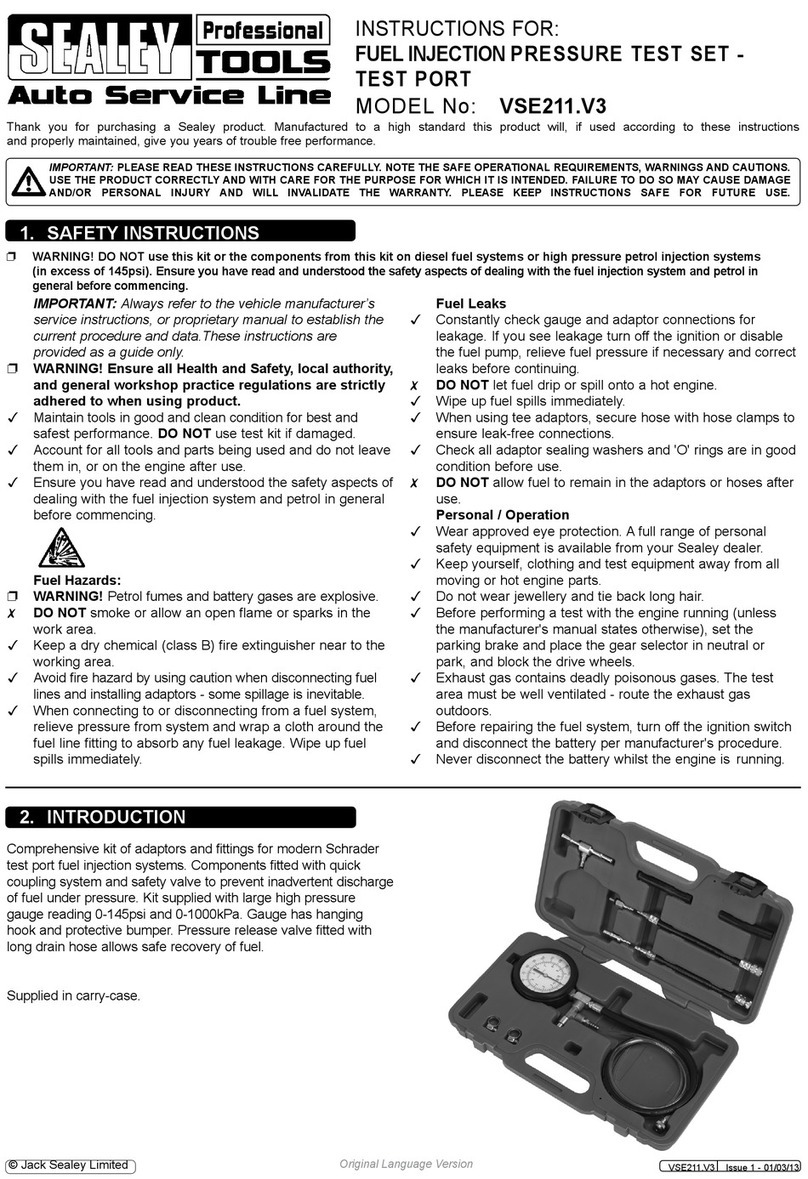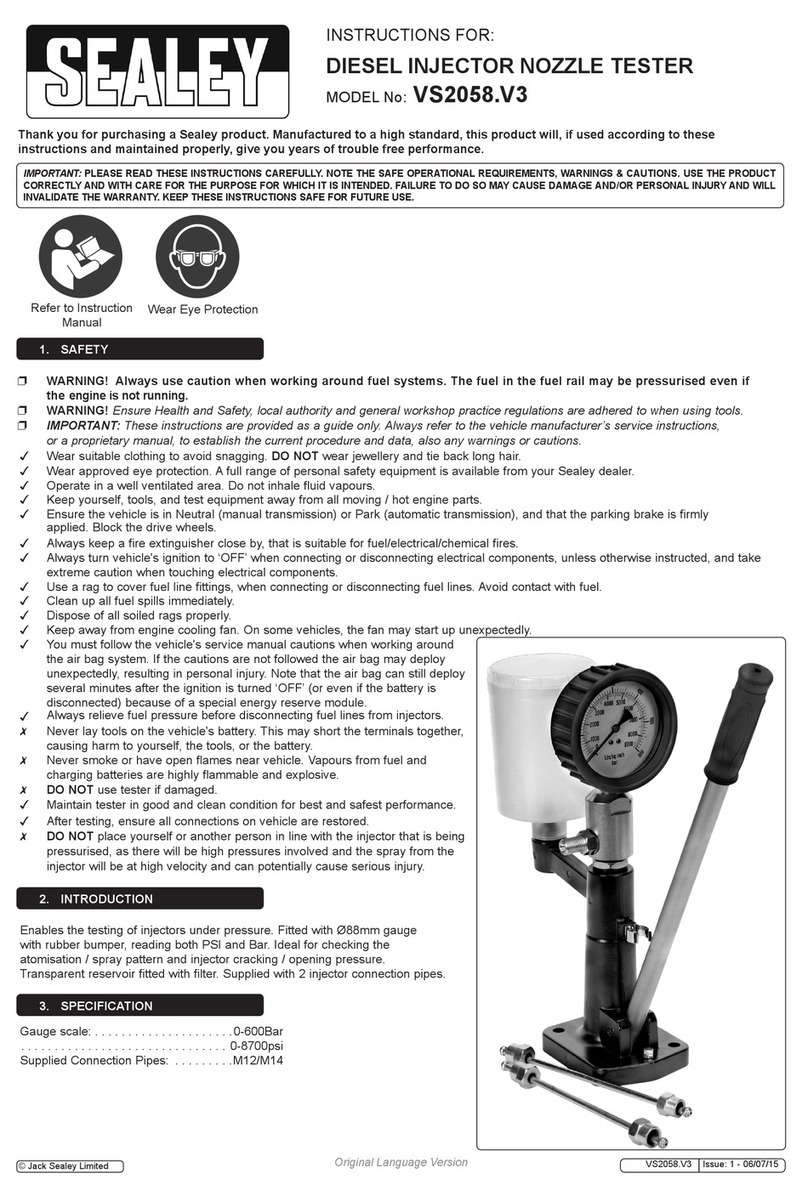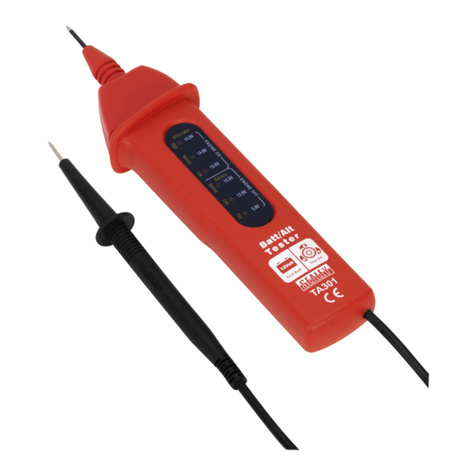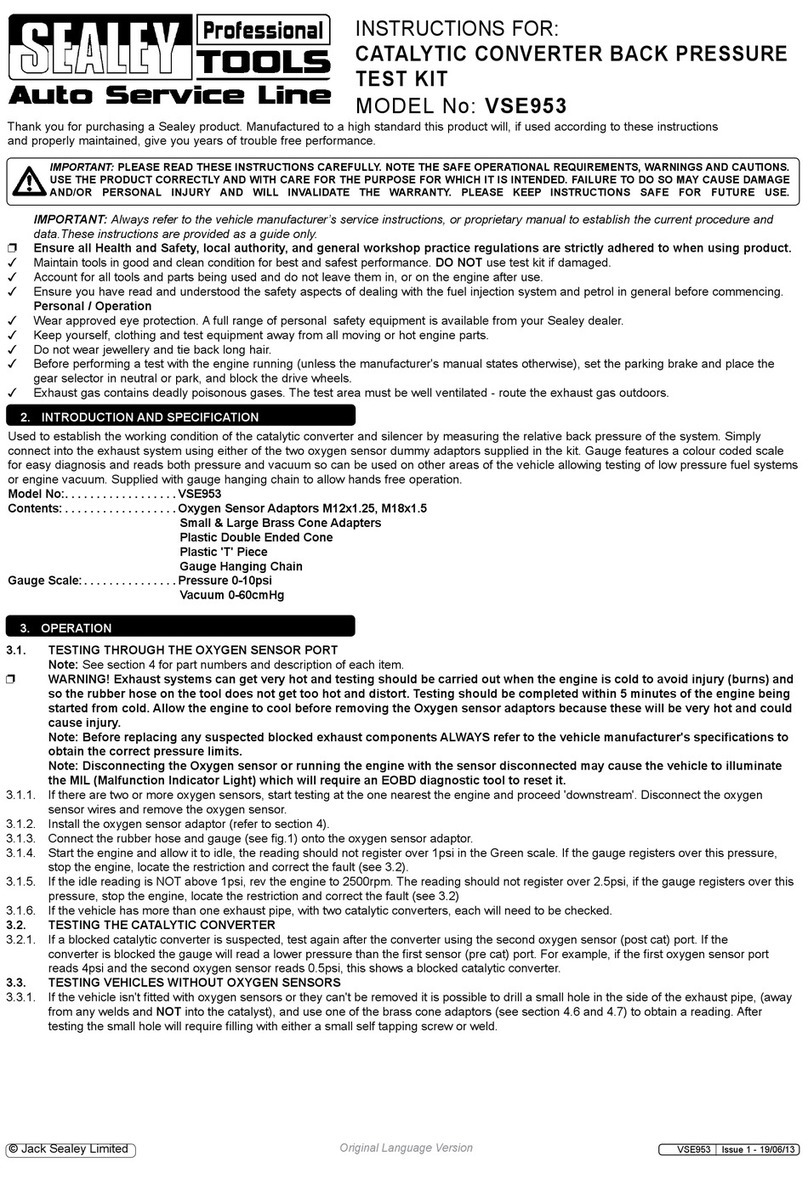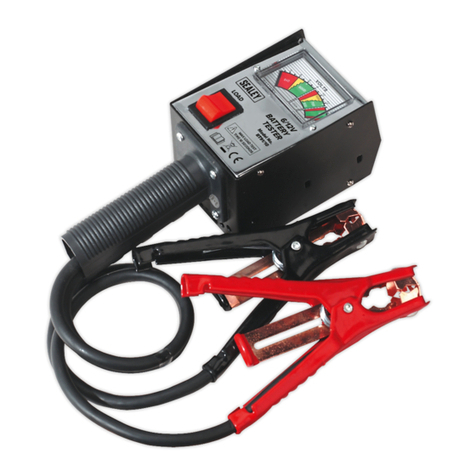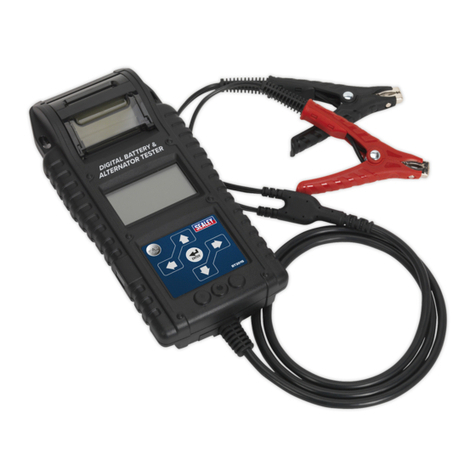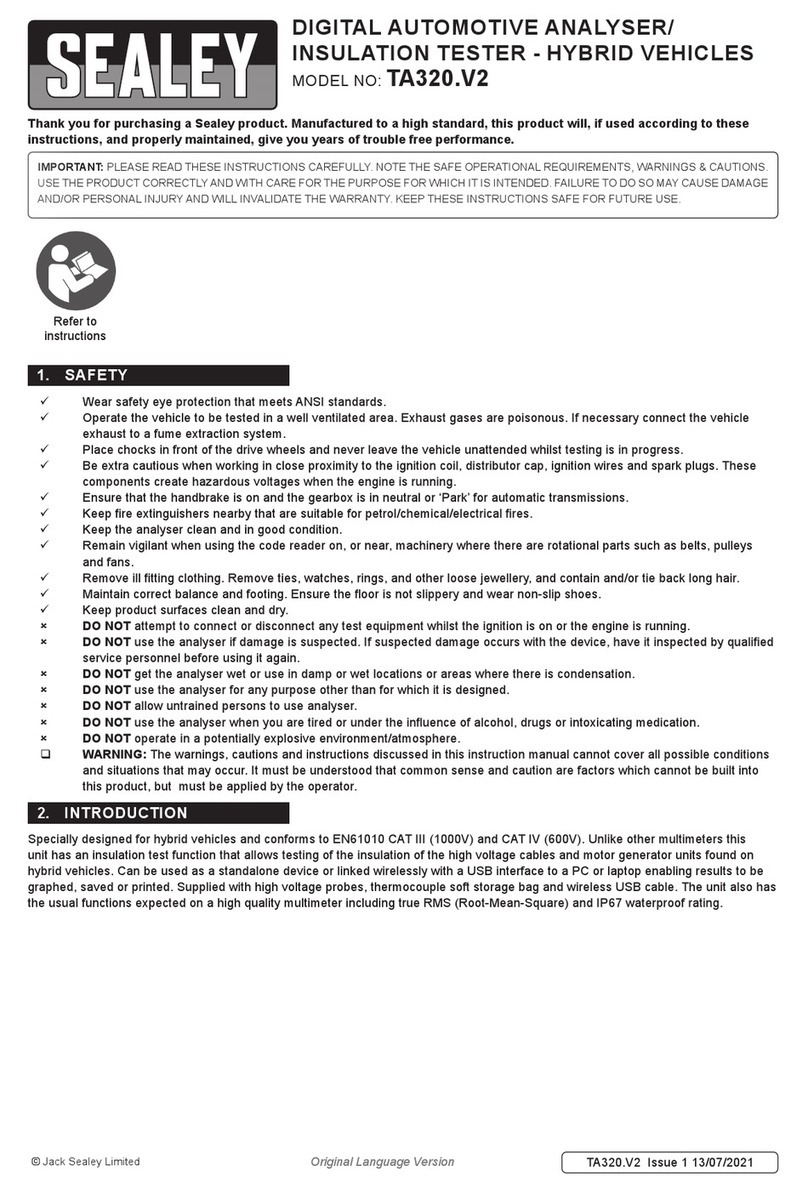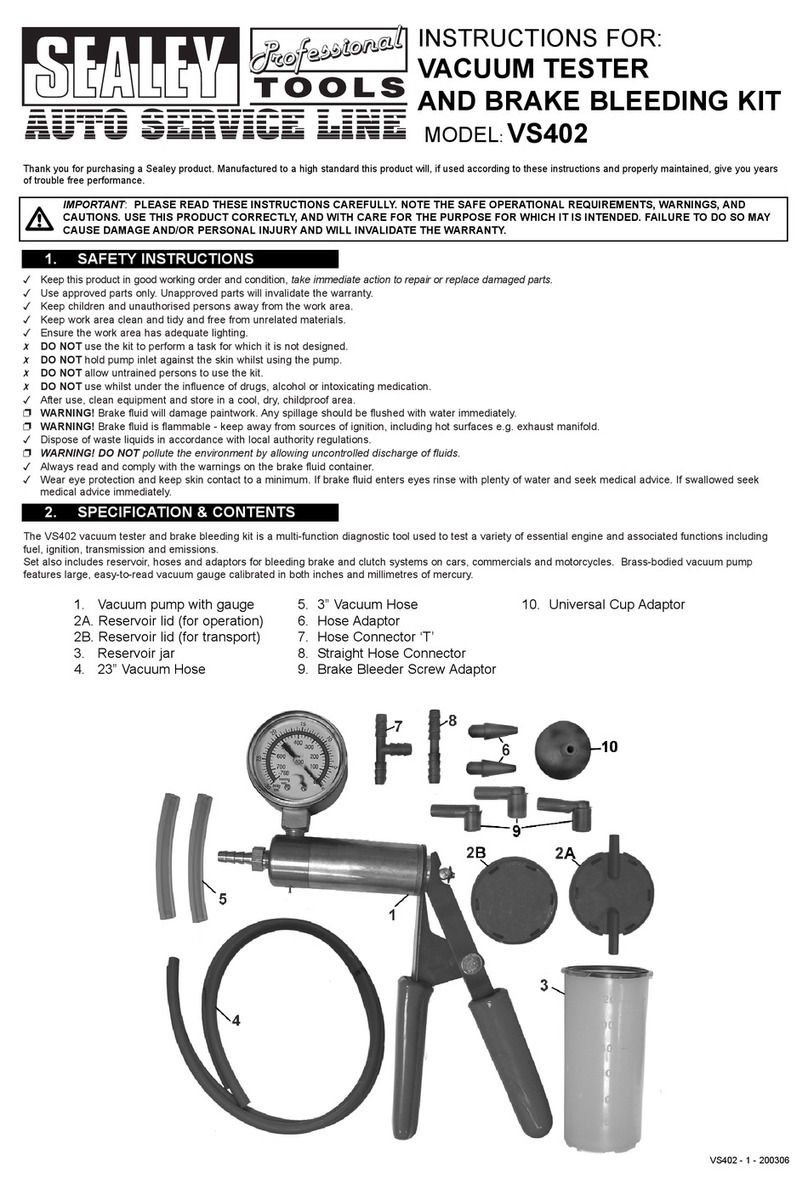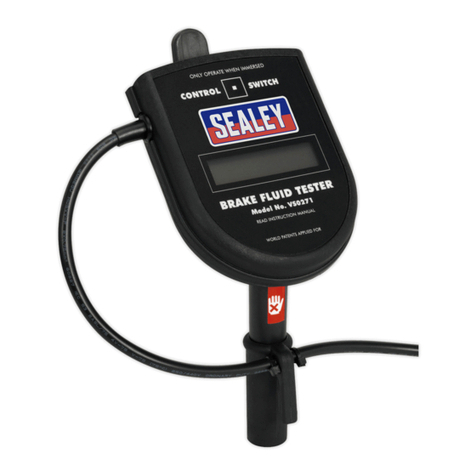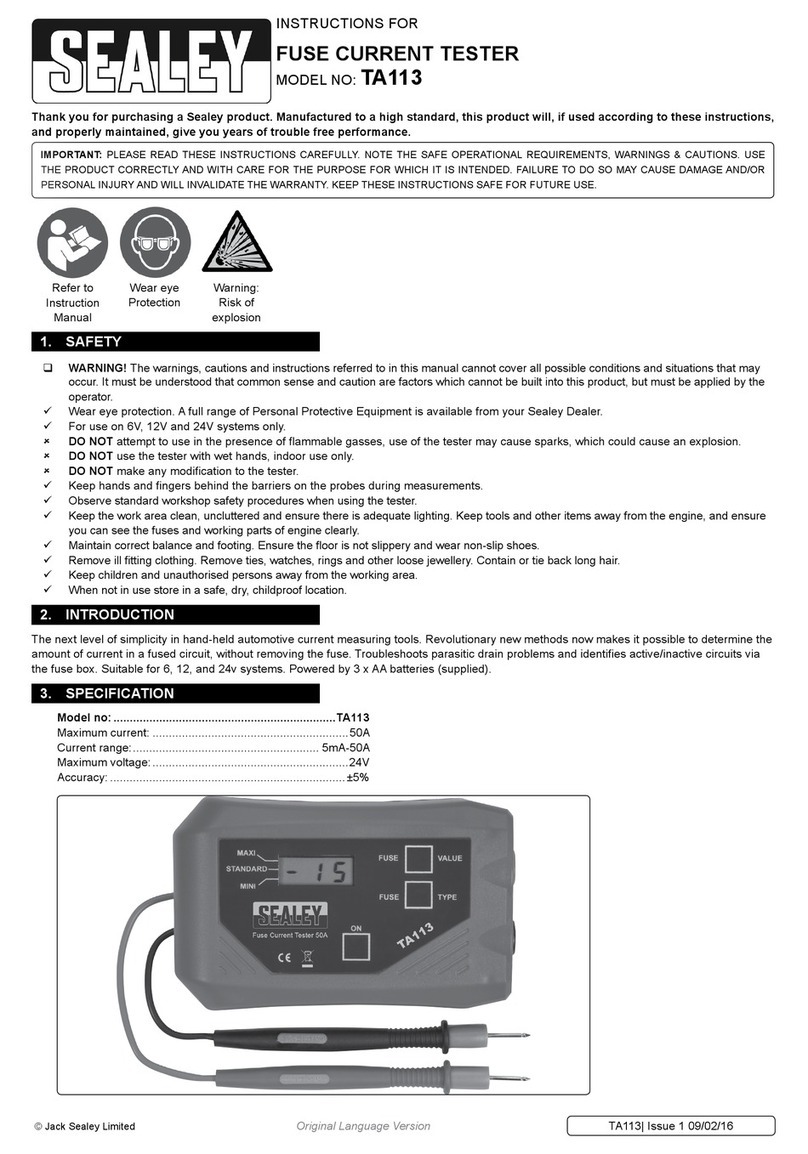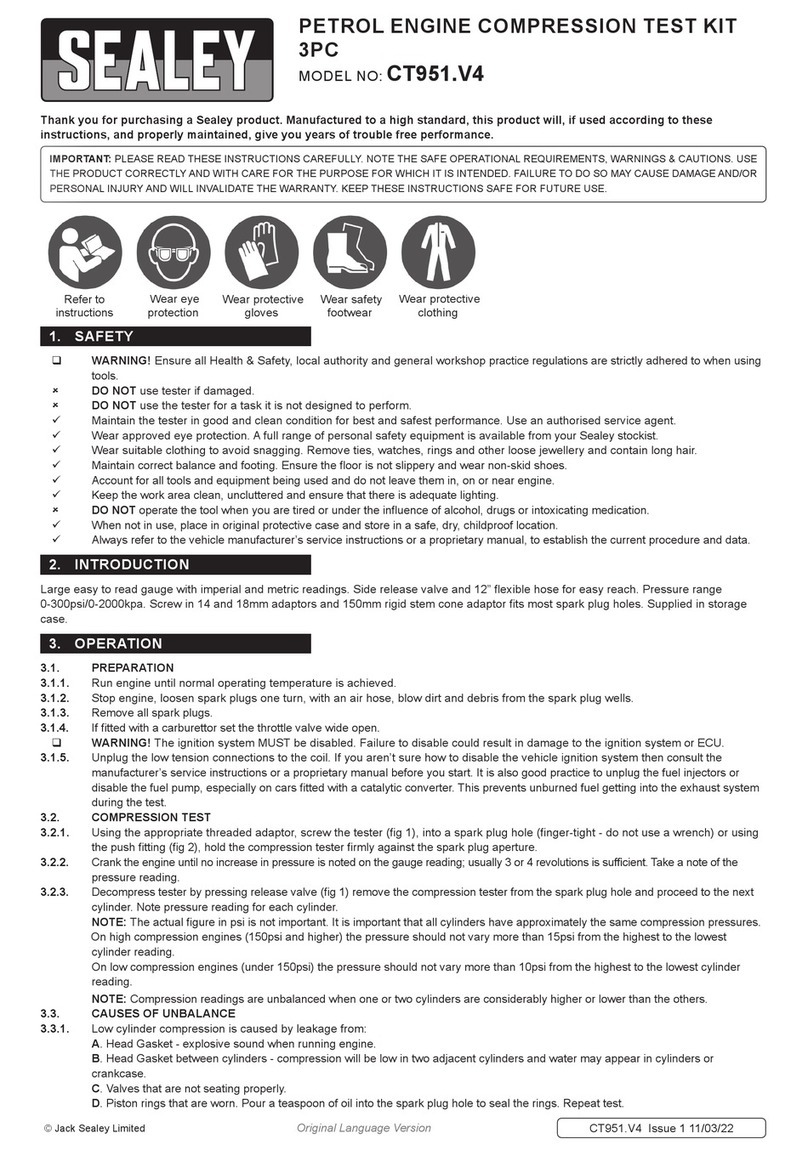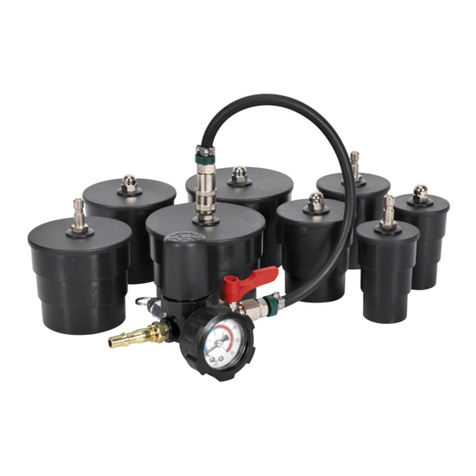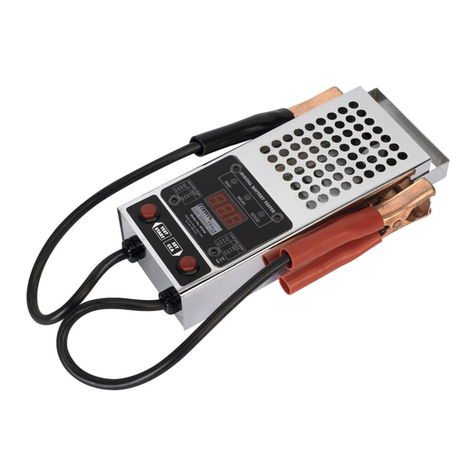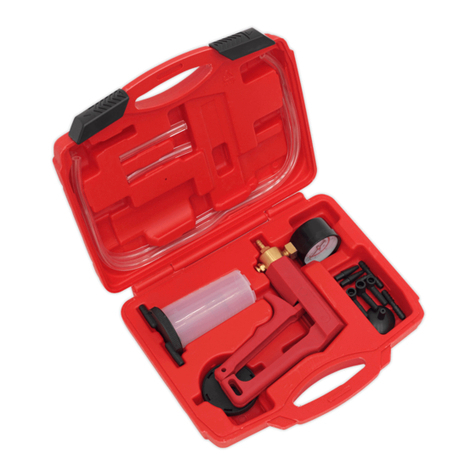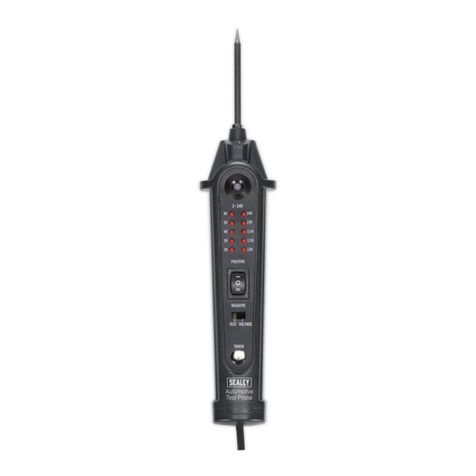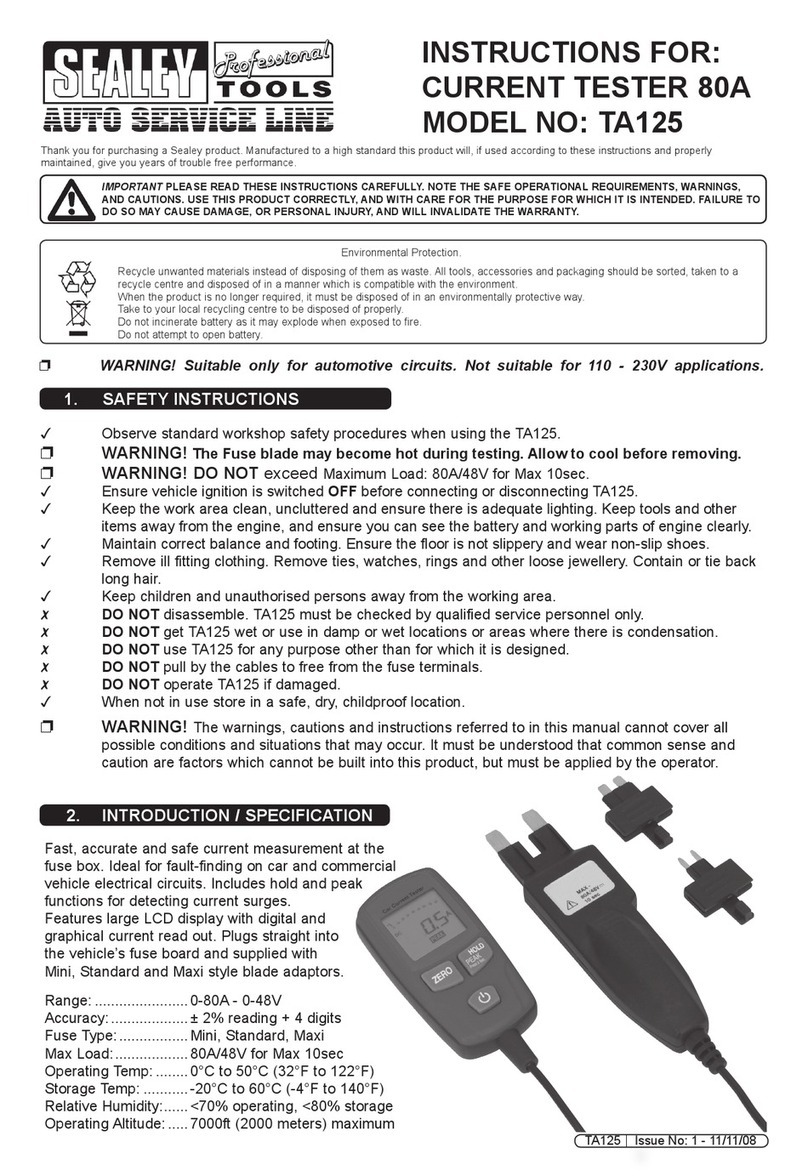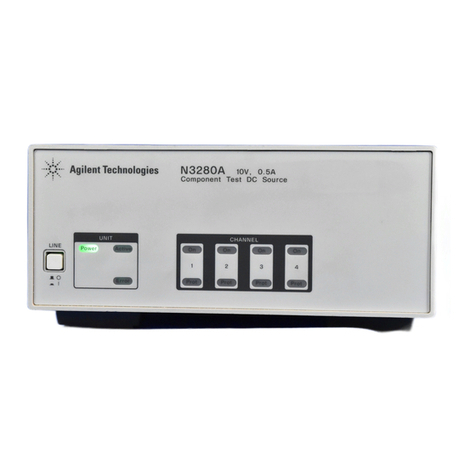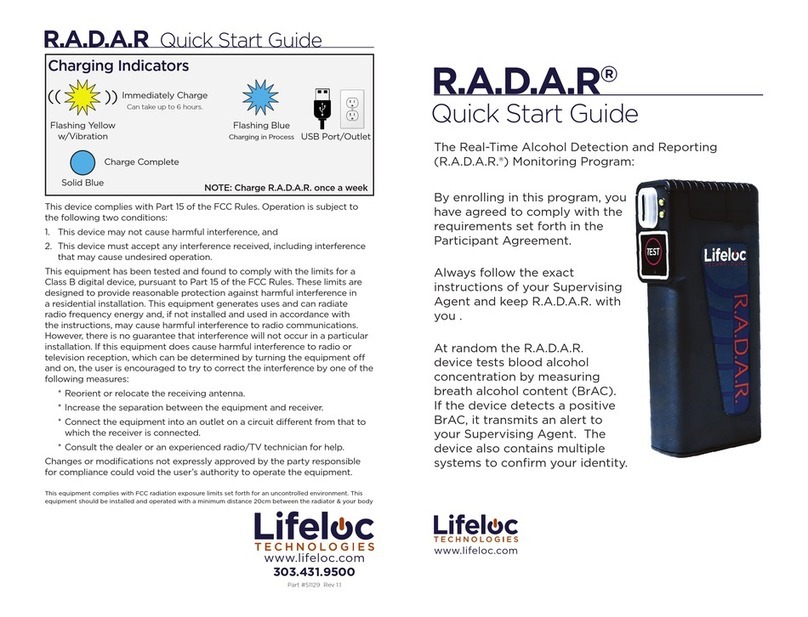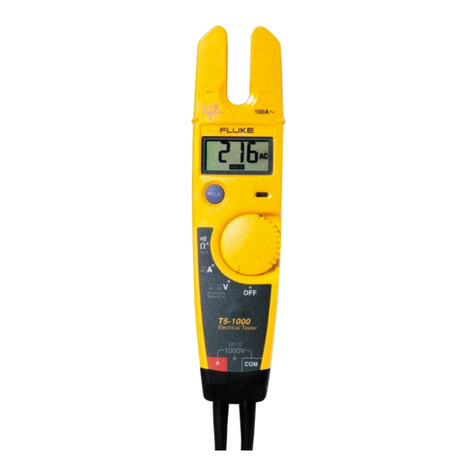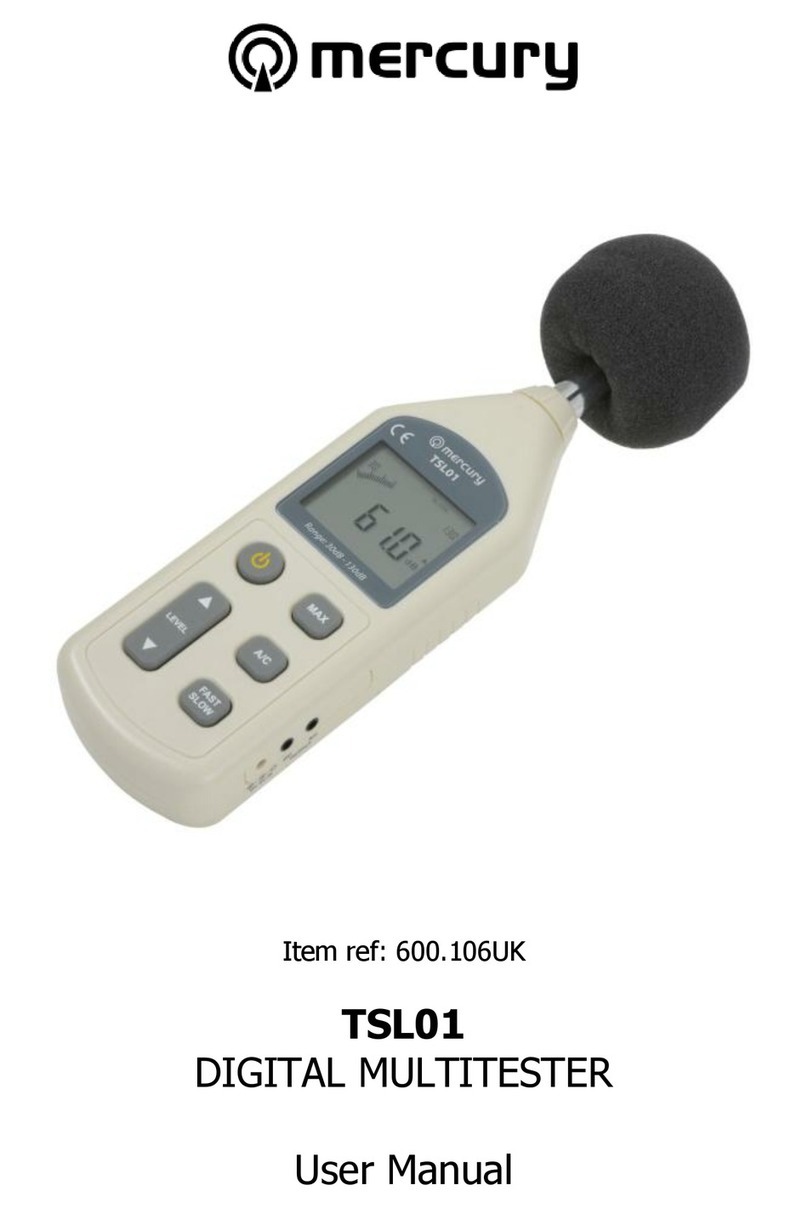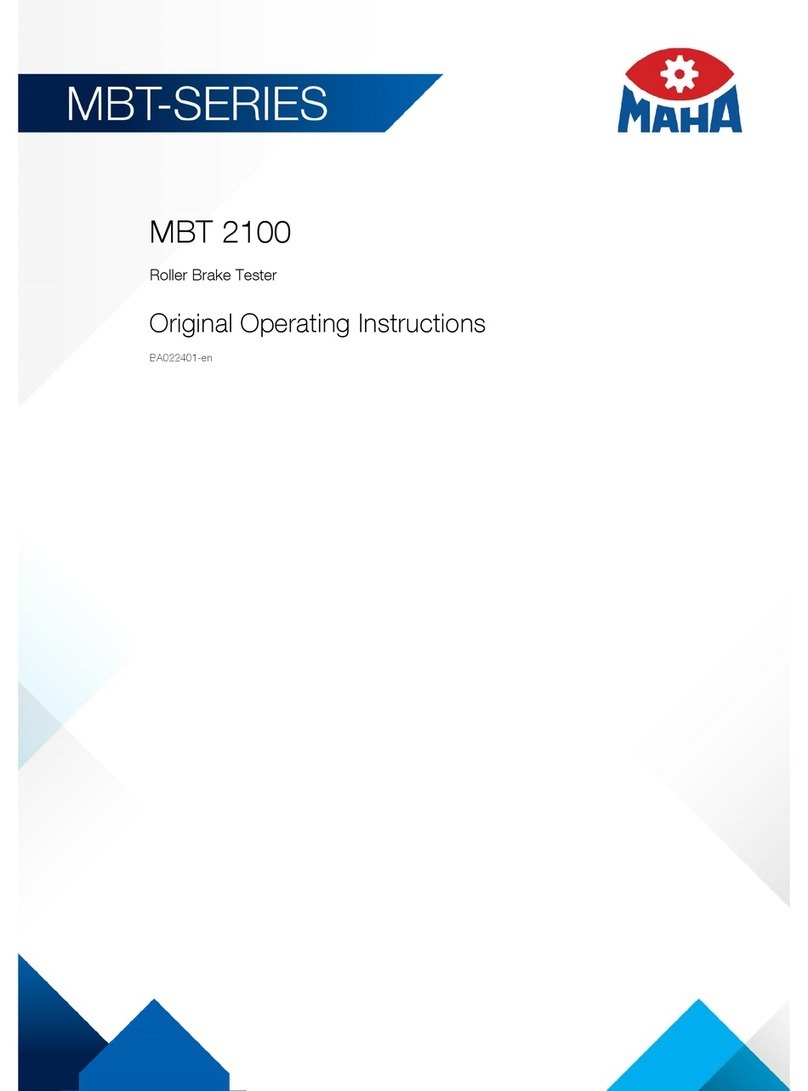5. PREPARATION FOR USE
5.1. Working Surface
5.1.1. Position the vehicle on the designated headlamp aim standing area.
5.1.2. When positioning the HBS ensure the floor is perfectly even and level.
5.1.3. If this is not possible the vehicle and HBS must be on the same slope, which must not exceed 0.5º.
5.1.4. Headlights must not be checked where surfaces exceed 0.5º angle. (See fig 3A.).
5.2. Vehicle Preparation
5.2.1. Straighten vehicle wheels.
5.2.2. Check the tyre pressure.
5.2.3. Ensure the headlights are clean and dry.
5.2.4. If the vehicle is fitted with manual or electric headlamp levelling devices, ensure these are set up for vehicle with normal load.
5.2.5. Remove anything which could alter the vehicles position, i.e. Snow, Ice, Mud, etc.
6. OPTICAL POSITIONING
6.1. Positioning.
Conventional, Double Ellipsoid (DE) Headlamps
Locate the HBS approximately 200 to 500mm from the vehicle
headlamp.
Gas Discharge (Xenon) and Free Form (FF) Headlamps
Locate the HBS as close to the headlamp lens as possible.
Close proximity between the lens and the HBS gives a more
defined light/dark margin on the aiming screen enabling accurate
alignment.
6.1.1. Use the visor to align with a horizontal, or two symmetrical points
on the vehicle (fig.4) i.e. The bonnet lip or the bottom of the
windscreen.
6.1.2. Ensure the visor lines match with your horizontal, or symmetrical
selection, to ensure the HBS is parallel to the headlamp.
6.1.3. Measure the height from the floor to the centre of the headlight
e.g.80cm. Release the HBS unit by squeezing the lower lever
upwards as shown in fig.3. Slide the unit up or down the column
as required until the top surface of the sliding portion is aligned with 80 on the
scale printed on the column as shown in fig.3A. Release the locking lever. There is
a tolerance level of 30mm.
6.2. HBS Column Rotation Lock.
The HBS system is fitted with a rotating column and is suitable for use either on or
off rails. If you are using the system on rails then the rotating column aids correct
alignment. To release the column lock put pressure on the foot pedal in an
anticlockwise direction as shown in fig5. To re-lock the column put pressure on the
foot pedal in a clockwise direction as shown in fig6.
7. METHOD OF INSPECTION
7.1. Switch engine on.
7.2. Align the headlamp aim equipment with the longitudinal axis of the vehicle.
7.3. Align the centre of the collecting lens with the centre of the headlamp under test.
7.4. With an assistant sitting in the driving seat, switch on the headlamps to the beam on which the headlamp is to be checked.
Note: When checking headlamp aim on vehicles with hydropneumatic suspension systems, it is necessary to have the engine idling.
7.5. Determine the appropriate headlamp beam image and its aim (see fig 7.). Old vehicles (approx. pre 1950 ) headlamps beam image
may not conform to fig 7, in such cases check:
a) DIP BEAM headlamps are aimed so they DO NOT dazzle i.e. the beam image brightest part is aimed at least 0.5% below
the horizontal (fig 8). Or, for headlamps which cannot be checked on dip beam, check:
b) MAIN BEAM headlamps are aimed so that the beam image centre is on or slightly below the horizontal (fig 9).
OK 0.50 MAX NO NO
g.2
g.3
g.4
g.5 g.6
HBS97.V2 Issue 3 (HF) 16/08/18
Original Language Version
© Jack Sealey Limited
